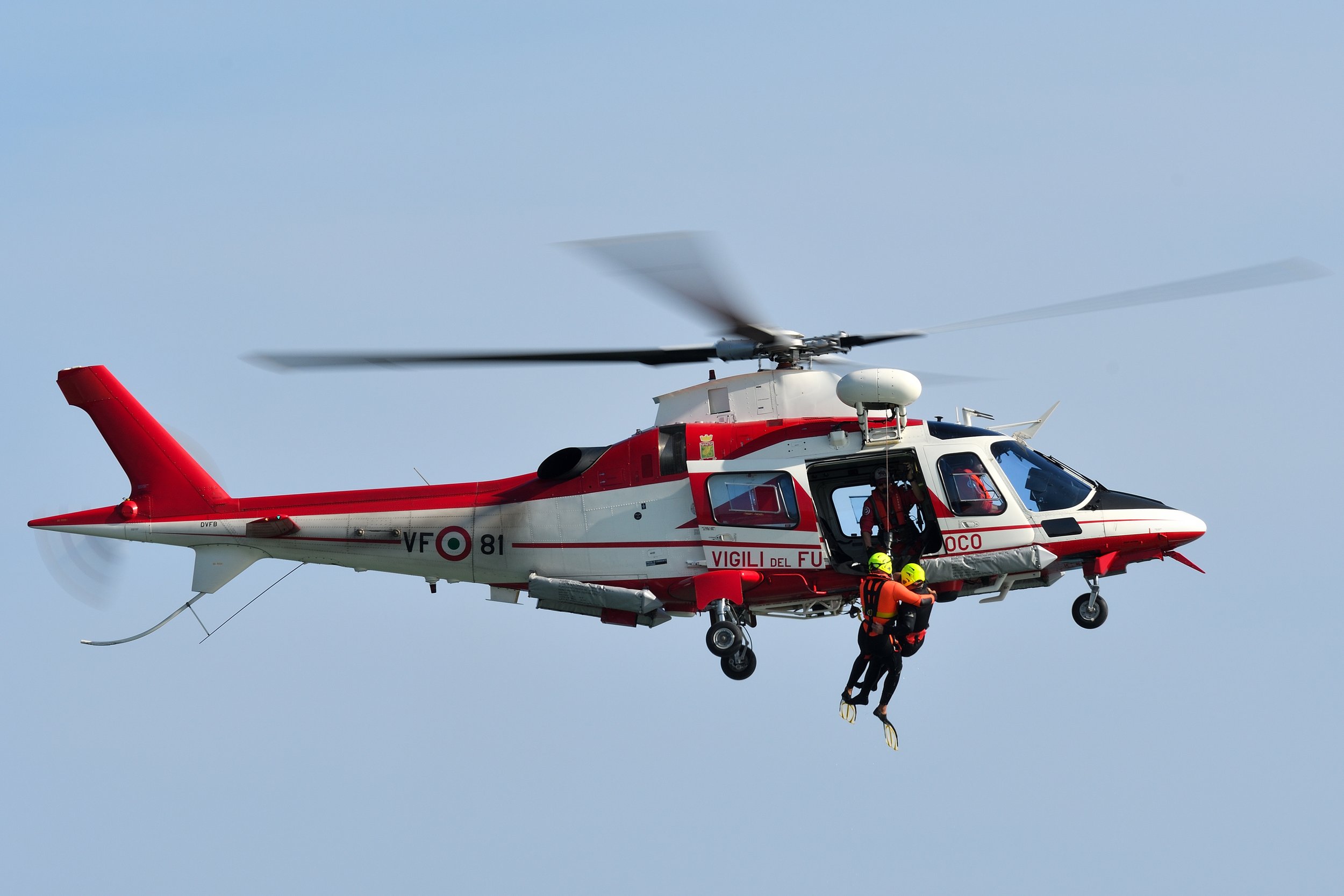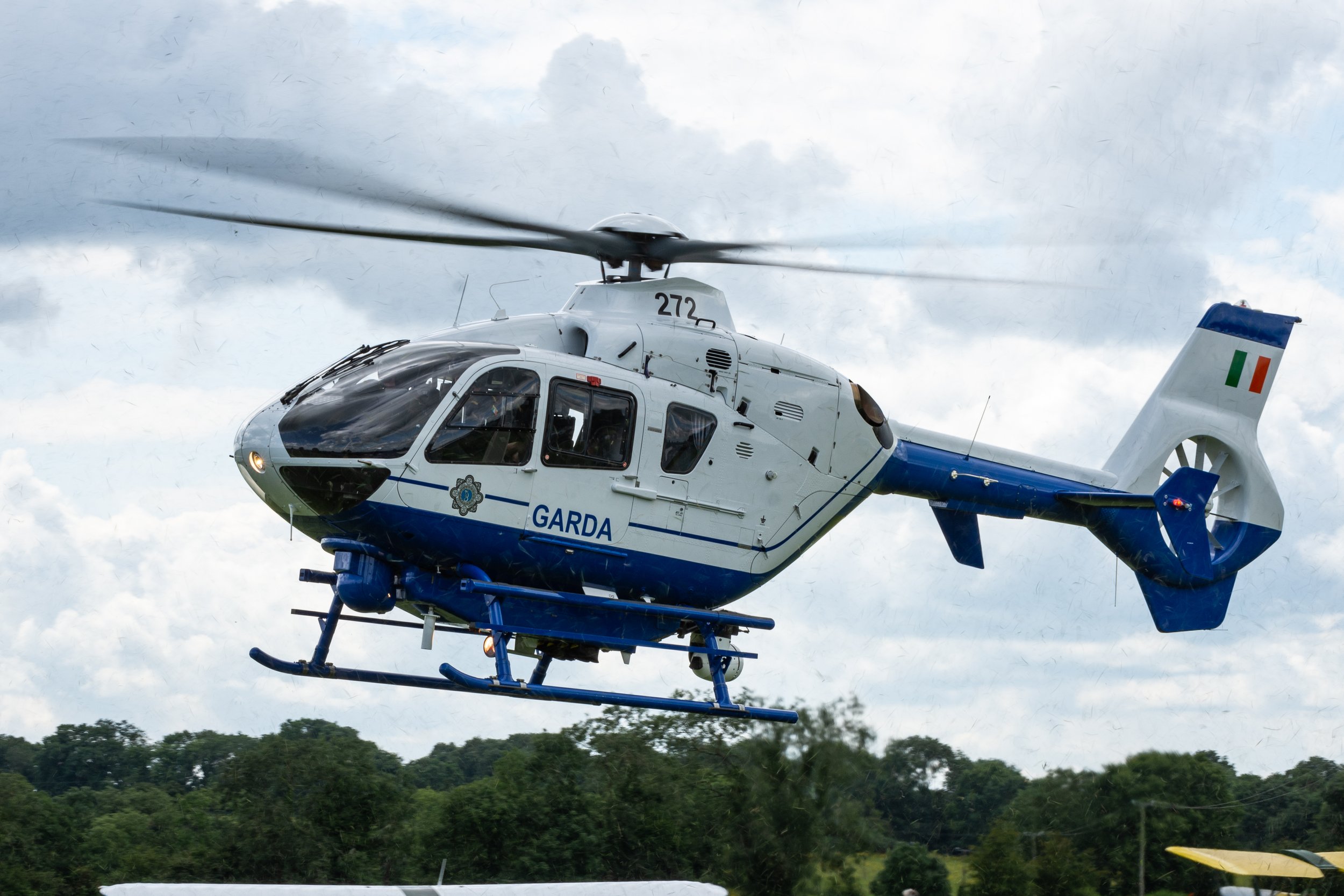Polish Navy Mi-14
Country
Poland
Aircraft
Mi-14PLMK
Base
Gdynia Babie Doly Air Base
Mil Mi-14PLMK Haze
The Mi-14PLMK is a Polish modernization of the Mi-14PL helicopters to adapt these helicopters to combat modern submarines. The modification includes the installation of new avionics elements: Bendix King KHF950 radio, Unimor RS-6113-2 radio, STARBLAZER RT-18 radio, TACAN Bendix King KTU709 navigation system, Garmin 155XL GPS, Bendix King KNR634A VOR/ILS system, KRA-405 radio altimeter and IFF Radwar SC-10D2 transponder. In addition, the helicopter has new armament in the form of A244S Mod 3 torpedoes (eventually replaced by MU90 torpedoes), as well as a new ZOP system called Kryl-lot. It includes a new magnetometer, sonar and KRAB device. Several Polish Mi-14 PLs were modernized to this standard. The works were carried out at the Military Aviation Works in Lodz.
The Mil Mi-14 (Russian: Миль Ми-14, NATO reporting name: Haze) is a Soviet shore-based nuclear-capable amphibious anti-submarine helicopter derived from the earlier Mi-8.
Formal development of anti-submarine warfare (ASW) version of the Mil Mi-8 transport helicopter was authorised by the Soviet Communist Party Central Committee and Council of Ministers in April 1965, with the objective of replacing the Mil Mi-4 in the short-range, shore-based anti-submarine role. The new helicopter was required to have an endurance of 2 hours on station at a radius of 222 kilometres (120 nmi; 138 mi) from base.
The new design (with the internal designation V-14) differed from the Mi-8 in having a boat-like hull similar to the Sea King, allowing it to operate off the water, and a retractable four-point undercarriage, with the mainwheels retracting into large sponsons on the rear of the fuselage. The helicopter was to be powered by two Klimov TV3-117MT turboshaft engines. A watertight weapons bay is fitted to the centreline of the fuselage allowing internal carriage of a single torpedo or eight depth charges, while a radome housing a search radar is fitted beneath the nose.
The first prototype V-14, converted from a Mi-8 and powered by the older and less powerful Klimov TV2-117 engines, flew on 1 August 1967. Development was slowed by problems with the helicopter's avionics and due to reliability problems with the TV3-117 engines, with production at Kazan not starting until 1973, and the helicopter (now designated Mi-14) entering service on 11 May 1976.
In January 2016, Russian Helicopters confirmed to Russian News Agency TASS that no final decision to revive production had been taken, but market demand, feasibility studies – including with Moscow's defence ministry – and funding sources were under review. The programme remains a “priority” for Russian Helicopters. The company suggested the Mi-14 would appeal to civil operators in Russia's far north and those supplying the oil and gas industry, alongside the nation's armed forces. Out of the almost 300 Mi-14s produced at Kazan Helicopters between 1973 and 1986, it is estimated that just 44 examples remain in active service.
| Back to Top |


| Back to Top |

































